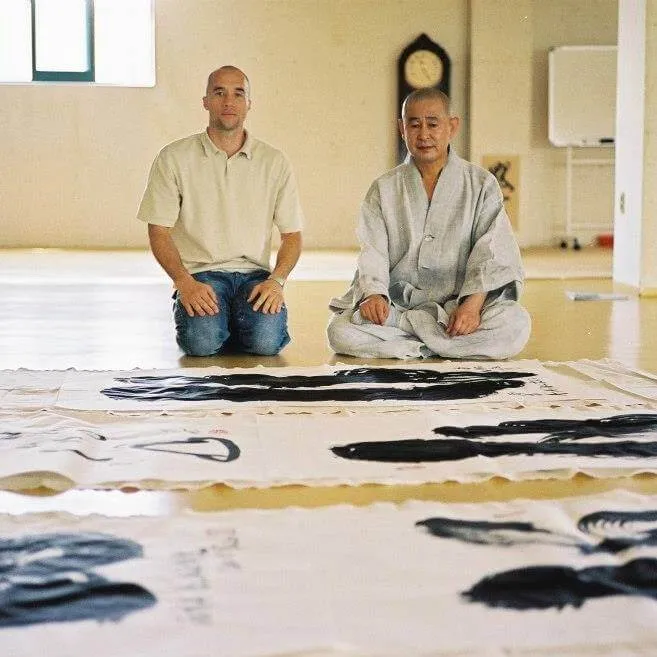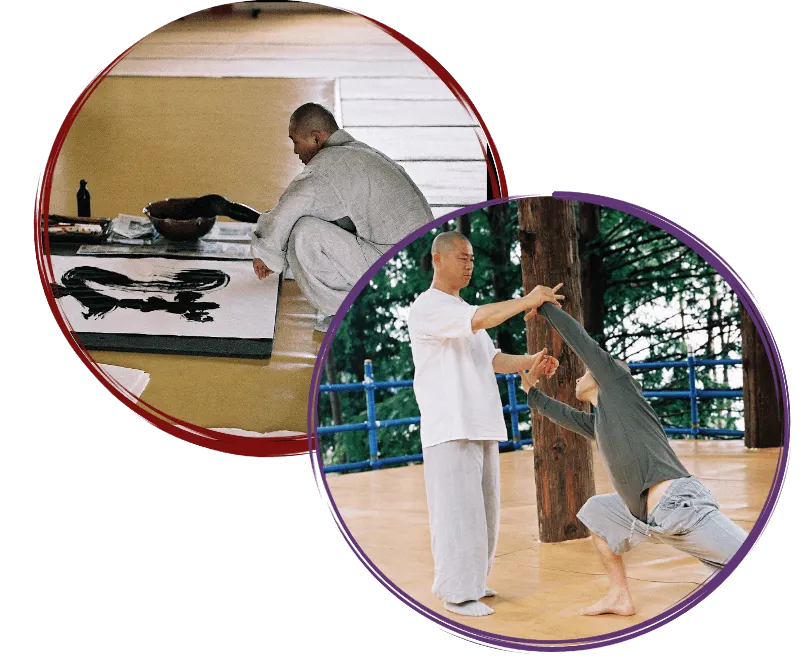Korean Postural Gymnastic
Posture and Movement connects you to the universe
Posture and Movement connects you to the universe
Explore the transformative world of a specialized approach inspired by Korean Postural Gymnastic, a respected health discipline rooted in Buddhist Martial arts tradition.
At the beginning, this is the story of a man who wanted to become a buddhist monk. Connecting with the tradition of Beomeosa temple under GM Yang Ik and GM Ando guidance, Philippe Taipa started a 35 years journey in the world of active spirituality.
The method is inspired by the Keumgang Seung (Light of Diamond) Buddhist tradition that uses the body, through posture, breathing and movement, as a vehicle for spiritual realization. Philippe's experience led to the creation of a unique movement method that can help everyone to get healthier. This is the purpose of the Korean Postural Gymnastic.

The method relies on a series of basic posture patterns. Once the postures are mastered, you will be guided to flow patterns transitioning from a posture to another.
Everyone has different ways of moving, everyone can follow at his own pace. There is therefore no levels or grades in the Korean Postural Gymnastic program.
Movements are designed to help you improve your general health, learn correct breathing, gain agility and reinforce muscles and tendons, and to activate circulation.
With practice you will reach a better conection to yourself (Proprioception) enhancing concentration and awareness of your environment, helping you to stand with posture to the challenges of life.
Learn the flows and ultimately, build your own!
Taipa Wellness' roots

After sustaining a severe injury during his national military service, Philippe made a life-changing decision to journey to Korea in 1987.
Overcoming challenging cultural constraints, he resided in renowned Buddhist temples, immersing himself in the Buddhist traditions of BongWonSa, WonGakSa and Beomosa (known as the Korean Shaolin temple). Inspired by the monk's wisdom emphasizing meditation in action, Philippe returned to the world with the blessing of his temple masters and a priceless gift : the foundational principles of TAIPA method.